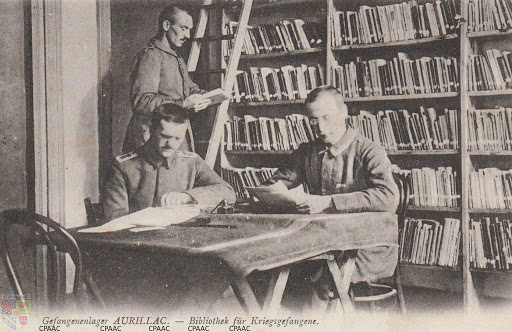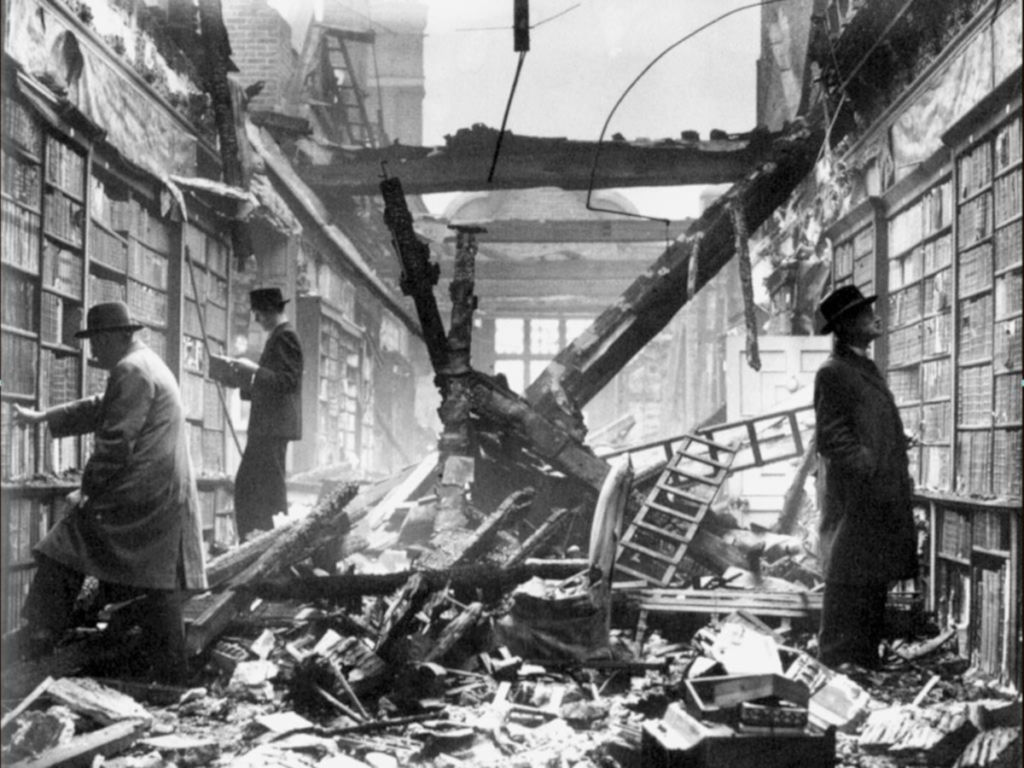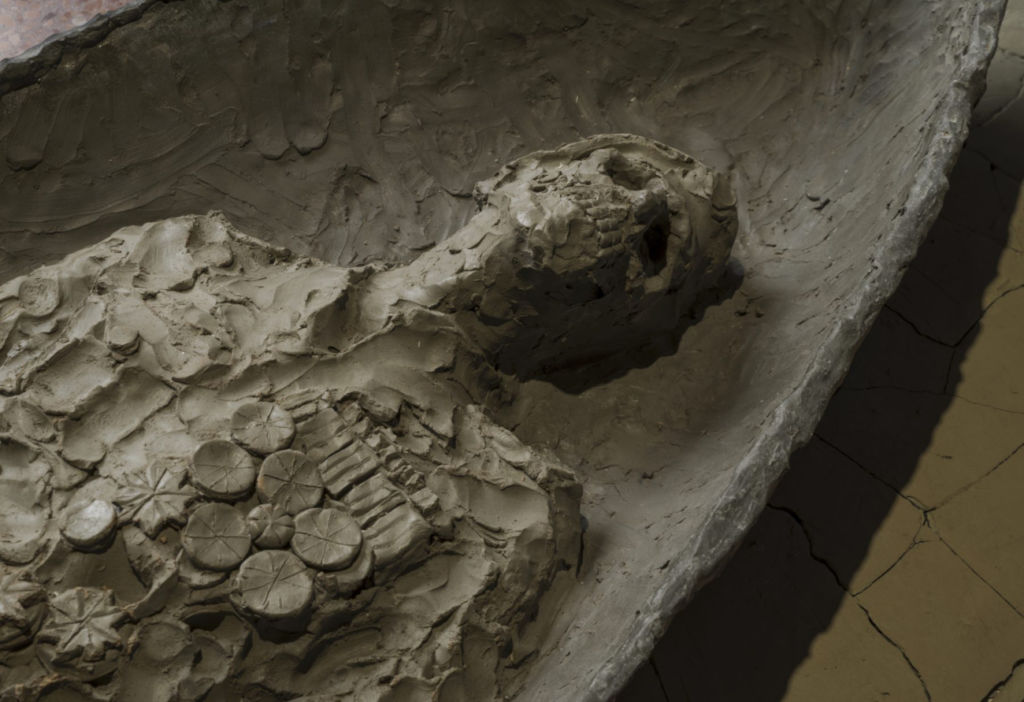Starting in September 2020, once a month Switch (on Paper) will publish an excerpt from Jean-Yves Jouannais’ Encyclopédie des guerres (The Encyclopedia of Wars). What started out as an experiment in oral literature is gradually taking the form of a book, scheduled for release in 2030. Until then, we would like to bring you a few exclusive excerpts, published here in alphabetical order like the entries in a vast atlas of wars. Today’s entry is “ Library (of war)”.
“During the war years, people read War and Peace avidly, comparing their own behavior with it (not the other way around – no one doubted the adequacy of Tolstoy’s response to life). The reader would say to himself: right, I’ve got the proper feeling about this. So then, this is how it should be. Whoever had energy enough to read, used to read War and Peace avidly in besieged Leningrad.”
(Lidiya Ginzburg, Blockade Diary, p. 3)
General Hoang Van Manh’s bookmark
The Battle of Dien Bien Phu began on March 13 with intensive artillery preparation to take on Béatrice, the center of resistance and one of the furthest bearings (Points d’appui – PA) from the base held by the 3rd Battalion of the 13th Half-Brigade of the French Foreign Legion. The attack on the Viet Minh was launched by the 141st and 209th Regiments of the 312th Division, who maneuvered from the trenches close to the center of resistance. According to volume 3 of Mémoires by General Vo Nguyen Giáp, the 11th and 428th Battalions of the 141st Regiment were designated to attack PA 1 and 2, respectively; the 13th Battalion on standby as reserves for PA 1. PA 3 was attacked by the 130th Battalion of the 209th Regiment. It was in rolling out these battle orders, dry and technical, that General Giáp made an unexpected literary note. He recalled the young officer Hoang Van Manh, who commanded the 130th Battalion of the 209th Regiment. The officer had studied French, and whenever he got the chance, he could be found reading Jules Michelet’s History of the French Revolution. It made him think about the condemned man who, upon being taken from his cell to be tortured, slid a bookmark between the pages he was reading and carefully closed the book. Because the young officer, before heading the battle operations in which hundreds of men perished daily, also delicately marked the page in his book with a dried flower: the pinkish-white blossom with hints of red of a begonia (Begonia abbreviate), a vivacious, climbing, rhizomatic plant endemic to the Diên Biên Phu plains.
The cloud roof of Holland House
The Holland House library in Kensington during the London Blitz, September 1940. The building’s arches have crumbled. In the rubble of roofing, interlacing structural elements litter the ground. A chimney connects the wreckage to the clouds. The sky and natural light freely enter in through the walls. The walls are books. None have been damaged. They sit, perfectly aligned. Three men stare at the bindings, petrified. They have never seen this before. One looks, his hands still in his coat pockets. The other dares to reach his hand out toward a book. He touches its spine with the amazement of an Apostle inserting his hand into “the side” of Christ. He has now grabbed a book and opened it, reading. His name is Peter J. Bibring. Only his identity is known today, thanks to the personal diary he kept throughout the Second World War. Peter J. Bibring, then 30 years old, is the adjunct head conservationist of the London libraries. He has only ever lived amongst books, but now he feels like he is touching a foreign object. “I saw in myself the image of a high-seas fisherman who, executing his job with such mastery as to shelter him from any surprise, hauls his nets in one morning with such ease that he can sense his bad fortune when suddenly, on the deck of his boat, he discovers an object that nothing in his life nor in the generations before him could have prepared him for. It is alive, translucent like a soft lung. The fisherman, familiar with all the sea’s creatures, has discovered a blind creature from the abysses that he is the first to lay eyes on and that no one else will ever see. He has brought this waxy-skinned chimera into the light of a sun that never learned to cast a shadow, into a world that will take its life without offering it a name. He watches it asphyxiate in the liquid sound of its scaleless skin. Instantly, he knows the universe is shrouded in mystery. That’s what I felt when I touched this book, as if this object had never existed until that moment, and no other person would ever encounter it again.”
Peter J. Bibring discovers a library as it has never before been seen, bathed in natural light. The air, the pollen, smoke from nearby fires freely spill into the space. The three people have kept on their coats, not even thinking to remove their hats. In fact, they have not actually entered anywhere. The library is outside, an exterior. An eviscerated cadaver. Its organs subjected to the laws of new physical habitat, a visibility it was never destined for. The leather bindings show impossible hues, the gilded titles shine like never before. The book that Peter J. Bibring opens is the first English edition of Polybius’ Histories, published in London by Macmillan in 1899. He recalls having studied it at university. But he is unable to connect his memories with the object between his palms. In his diary, he describes leafing through the pages and the inexplicable slowness of this movement. The first page he reads is the opening to the fifth chapter of the eleventh Book, “Affairs of Spain (206)”: “Scipio sent off Marcus Junius to Colichas to take over the forces that the latter had got ready for him, which consisted of three thousand foot and five hundred horse. The rest of the allies he took with himself and advanced marching to encounter the enemy. When he drew near Castalon and the neighbourhood of Baecula and there joined Marcus and the troops sent by Colichas, he found the situation a very embarrassing one. …Many of the Romans perished by fire in their search for the molten masses of silver and gold…” It does not immediately occur to Peter J. Bibring how very much Polybius’ passage could be a commentary on his own, current experience beneath the cloud roof of the Holland House library. Deep in the wreckage, light illuminating the entrails, it is not so much the chemical upheaval of things rather their true consistency that becomes apparent with such grueling crudeness. It is a convention necessary to our comfort that we see gold and silver in the stabilized moment of their physical states, whereas war favors a different, more natural state: that of fusion. This is also true for the books discretely making themselves known in the darkness of our libraries, covered in the dust of domesticity that makes them seem inert to our eyes. When Scipio’s soldiers believe they have seized treasure, an inferno freezes them to death. As Peter J. Bibring probes the treasures of this open-air library, he sees extravagant creatures with sensitive skins hailing from lands that do not exist.

History (natural)
Sargent Adrien Bourgogne, in winter 1812, was part of a debacle. Countless wagons filled with spoils had difficulties with their haul, many were already broken and others, fearing the same, tried to lighten their loads by getting rid of useless objects. Stationed at the rearguard, a position that showed the chaos in a most disastrous light, he observed the path strewn with small items, clocks and paintings. He had the impression entire libraries had been ransacked. He picked up dozens of books left behind in the mud, leafing through them before tossing them back to their sad fate. “They were copies of Voltaire, Jean-Jacques Rousseau and Buffon’s Natural History, bound in red leather and gilded along the edges.”
Treasure islands
To prepare the operation code-named Galvanic, an American offensive in the Gilbert island archipelago that involved capturing the Tarawa atoll on November 21-23, 1943, the competent services lacked accurate and up-to-date information. The only information available to Chester Nimitz, Commander in Chief of the U.S. Pacific Fleet, came from before the war. Above all, however, they were based primarily on the tales by adventure novelist Robert Louis Stevenson.
Library trenches
The battle for Madrid began November 7, 1936. On November 19, Asencio’s nationalist column managed to break through Republican lines. Franco’s troops established a foothold beyond Manzaneras in the College for Architecture on the university campus. The legionnaires and regulares held position despite counter-offensives by the 11th International Brigade. The anarchist combatant Karl Anger described this battle on the university campus, where the frontlines passed straight through the library, as a fight for every row of books and each desk. “Sometimes,” he writes, “they build parapets out of the large volumes of Encyclopaedia Britannica.”
Nazi bibliophiles
Books were a major stake when it came to the policies of impoverishing and humiliating France by its victors. The private libraries of the Reich’s enemies were ransacked and moved to Germany from the very start of the occupation. The same went for book collections in ministries and museums. Over ten million books were stolen this way. As in other areas, the Vichy government was perfectly content with the worst Nazi dictates provided they defended national identity. This was made evident by a certain Bernard Faÿ, who was appointed General Director of the National Library from summer 1940 onward. Obsessed by the anti-free mason campaign, a megalomaniac and an informer, Bernard Faÿ had Pétain’s ear. He dreamt of managing France’s libraries so he could use them as a policing tool. He let the enemy have everything. But the real question is: Why did a regime whose propaganda was built on a hatred for books and sought their destruction demonstrate such a consuming passion for the libraries they conquered?
Translation: Maya Dalinsky
Cover: The Holland House library, Kensington, London, 1940.








